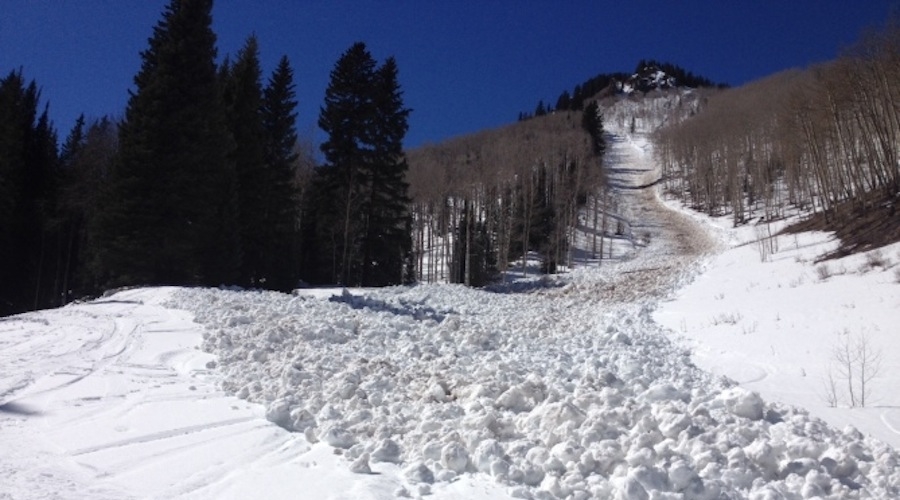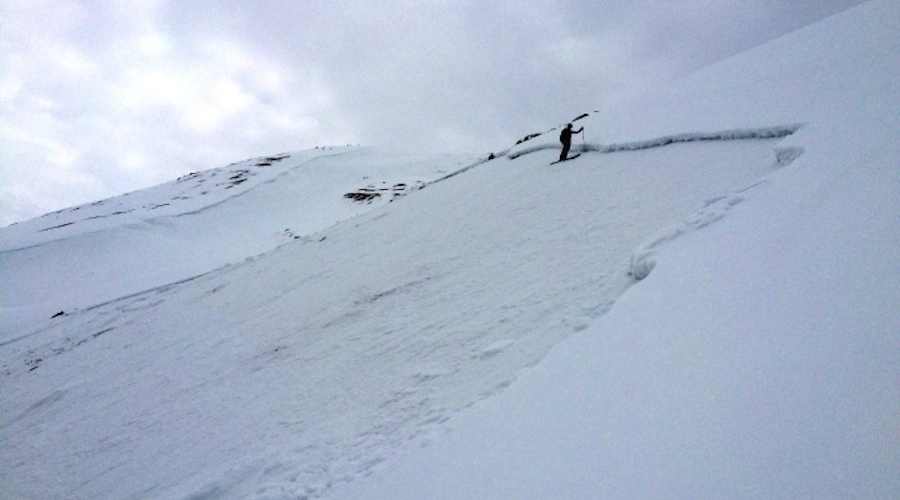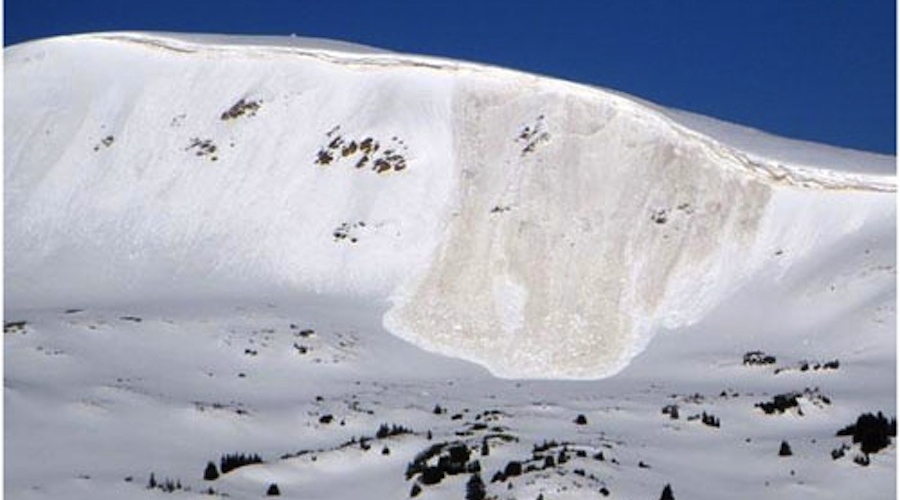Could shifts in weather patterns alter what we know about backcountry conditions?
Writer
Travis Poulin
Colorado is famous for its seemingly endless backcountry terrain, but perhaps equally infamous for its unstable snowpack and avalanche frequency. As climate change becomes more of a concern for weather patterns, it also may be playing a direct role in avalanche danger.
The Colorado Avalanche Information Center (CAIC), a program within the Colorado Department of Natural Resources, provides daily avalanche conditions for the state and often investigates avalanches after they occur.
Deputy Director for CAIC Brian Lazar has been with the organization for about eight years. He said one of the largest factors in avalanche danger is rain crust. If the climate is getting warmer, the rain-to-snow ratio could rise and a higher proportion of precipitation would fall as rain. Once rain freezes, it can create a rain crust that can develop weak layers in the snowpack both long and short term.
“Avalanches are usually short-term events and have more to do with weather than with climate,” Lazar said. While there is an important distinction to be made between weather and climate, the climate is likely to affect the weather in ways that can be a factor in avalanches.
Warmer weather could change the time of year in which avalanche danger is high, Lazar said, because layers of rain in the snowpack could cause spikes in avalanche danger that used to be uncommon. “We could start to see wet avalanche activity mid winter instead of spring,” he said.
Generally, wet avalanches occur in spring months, but according to Lazar, if the world is getting warmer, the snow cover could build up later in the season. While backcountry enthusiasts may enjoy a slightly longer season of lower, spring-like avalanche danger, it could also create uncommon snowpack conditions.
“Historically in Colorado, rain has not been a big factor during mid-winter, but in the last five years or so we have seen more rain-on-snow events in Colorado,” Lazar said. He referenced the current winter — 2016/17 — during which some areas of Colorado have seen rain near 10,000 feet, which used to be unusual. “These types of outlier events could become more frequent,” he continued.
Lazar said if the climate is changing, the weather is likely to change as well. This could lead to historically uncommon spikes in avalanche danger, and change the nature of avalanches in Colorado and elsewhere. “I think were going to have to expand our horizon and not necessarily rely on what has been observed in past.”
A study conducted in 2013 by the University of Calgary observing weather patterns at Rogers Pass in Glacier National Park echoes Lazar’s insight.
The study stated that short-term changing atmospheric conditions have an effect on the formation and evolution of the seasonal mountain snow cover and can influence avalanche hazards. There was an increase in the monthly mean air temperature for early winter months during November-January on Rogers Pass.
More rain was observed in the area during recent decades, especially for the early winter months, and the increase in early-season rain may have favored the formation of early season rain crusts.
The frequency of natural avalanches did not increase in Glacier National Park during the last decades, the study said, which could be due to variations in explosives used for avalanche mitigation.
However, the study also observed a trend toward increased avalanches in January and March, which may be related to the formation of early-season rain crusts and would suggest a potential shift towards deeper instabilities in the snowpack, creating an uptick in avalanche danger.
Photos courtesy CAIC













